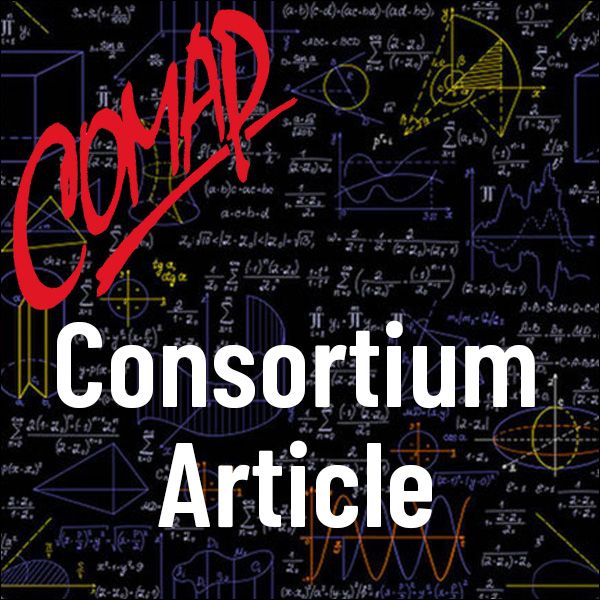Modeling the Rotations of Flight: Yaw, Pitch, and Roll
Author: Jon Choate
Manned and unmanned vehicles, be they airplanes or drones, play increasingly important roles in the technological world in which we live. This month’s Geometer’s Corner is about the mathematics used in controlling aerial vehicles. This is the first of a two‑part series and will show how 3D matrices are used. The next column will focus on the work of William Rowan Hamilton, a 19th century mathematician who in 1843 developed Quaternions, which are very useful tools for describing and combining 3D rotations.
To keep things simple, I am going to focus on winged aircraft such as commercial aircraft like the Airbus 220 or private aircraft like the Cessna 172. The mathematics that is developed here is used in gaming simulations and in the simulators used to train commercial and military pilots. My son, who flies for a commercial airline, learned how to fly a Boeing 737 in a simulator. The first time he flew a real 737 there were 120 passengers on board.

Mathematics Topics:
Application Areas:
You must have a Full Membership to download this resource.
If you're already a member, login here.